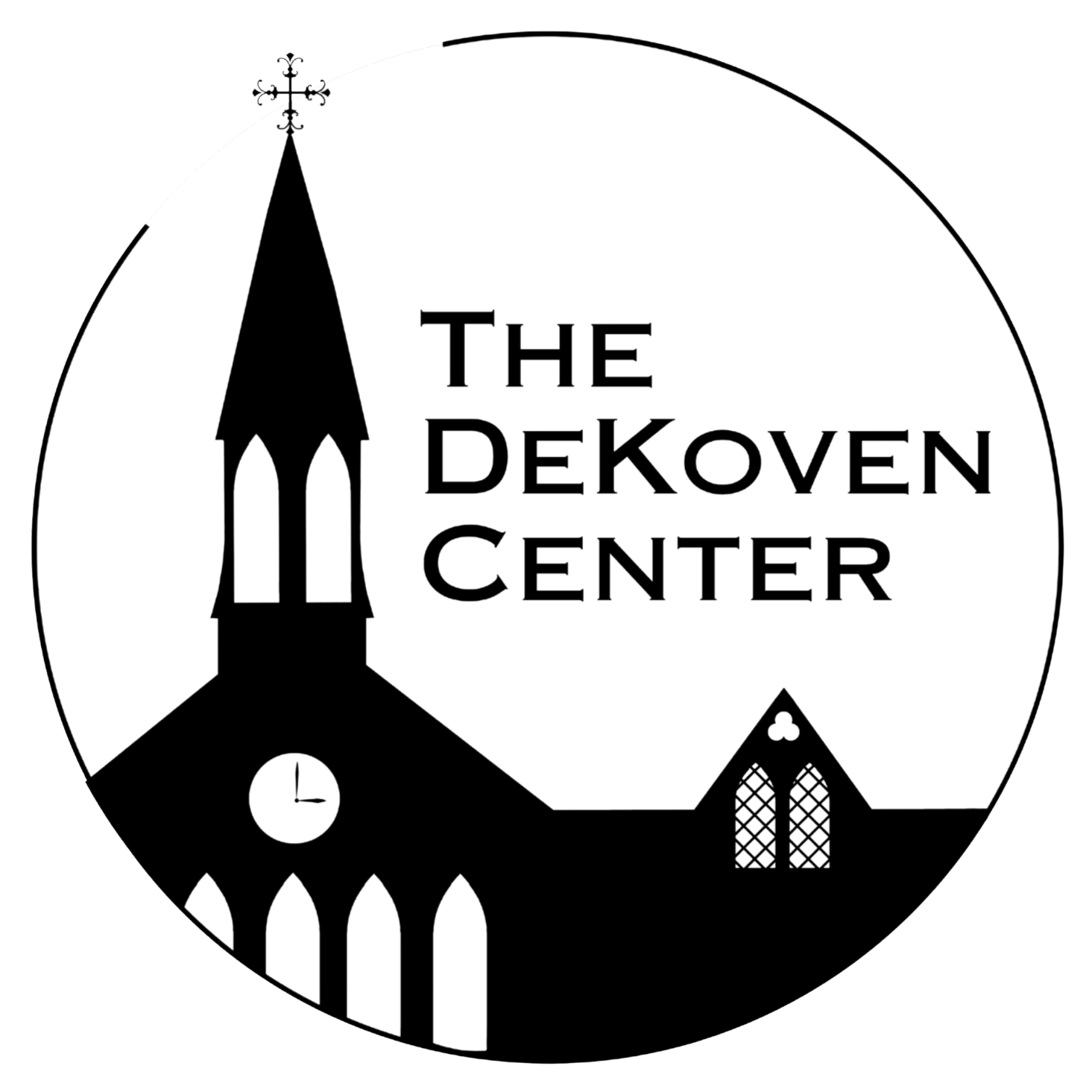Easter at Racine College
Easter at Racine College
By Dr. John E. Magerus, PhD
In honor of DeKoven Day, we present this story of Easter at Racine College:
James DeKoven firmly believed that those who studied and worked at Racine College should form a Christian family. For this reason, vacation holidays for the students did not begin until after the on-campus celebrations of Christmas and Easter. They celebrated these holy days together and great care and effort went into the preparations that were made to make these events special and impressive. Several writers have provided detailed descriptions of Christmas at the college. In his Journal, DeKoven described the Easter celebration of 1865:
But Saturday in Holy Week what a day of horror it was when the news of Mr. Lincoln’s assassination reached us. The Easter was a sad one for the land and us elders, but not even the assassination of the President could keep the boys from enjoying the breakfast, and the colored eggs and the Easter dinner.” (p. 40—Ha2)
The dyed Easter eggs were part of a tradition that is described in an article in 1886 by a former student:
“Racine and Dr. DeKoven. VII”
After the sunrise service, at which all students attended, the Doctor, accompanied by visitors spending the festival at the College and members of the professors’ families and other specially interested in the institution, took breakfast in the refectory. Beside each plate was placed a dish of colored eggs for “cracking.” This is the Easter custom which we understand is common in Louisiana, and perhaps elsewhere. The egg is held so that the tip only projects, and is struck gently on the corresponding point of the competitor’s egg. The egg which breaks is forfeited to the owner of the unbroken egg, and the contest continues until all the eggs, except the especially tough ones, are broken.
After the meal was ended, the “egg-cracking” was begun by the Doctor’s striking the bell and calling on the smallest boy in the institution to come and crack an egg with him. The small mite of the Shell Form would make the trial and whether successful or not, would be presented with a beautifully ornamented egg for a keepsake. Then the Doctor would call for the tallest member of the school, and after his trial, the students moved about the room, “cracking” and exchanging Easter greetings with each other and with the guests. Great dishes of eggs were placed before the Doctor, who cracked an egg and wished a joyous Easter to each boy who came to him. Among so many eggs, the Doctor would be sure to find some especially strong one, and hence arose the story that he used to have a China egg for the destruction of eggs which in all other cases had been victorious. We are sure that Easter day must especially bring back to many an old Racine boy the memory of that kindly face and that indescribably winning influence which made dear to so many hearts the name of James DeKoven. -STUDENT
References
“Racine and Dr. DeKoven,” The Church Scholiast. Vo. IV, No. 6, March, 1887, p. 99.
The anonymous student author was Alexis DuPont Parker, who became a successful businessman in Colorado.
Records indicate that six dyed eggs were prepared for each participant in the breakfast. In 1865 there were 151 students at the school. At a minimum, 80 dozen eggs were hard-boiled and dyed by the kitchen staff.
The “Shell Form” was a class of the youngest boys who came to the school.
The egg-cracking game is a traditional Greek celebration at Easter called tsougrisma. Where or how it became established at Racine College is unknown. “Student” indicates that he had heard that this was an Easter custom common in Louisiana.
A very informative and descriptive article entitled “Easter at Racine College” appeared in the Chicago Daily Tribune on Saturday, April 11, 1874.
